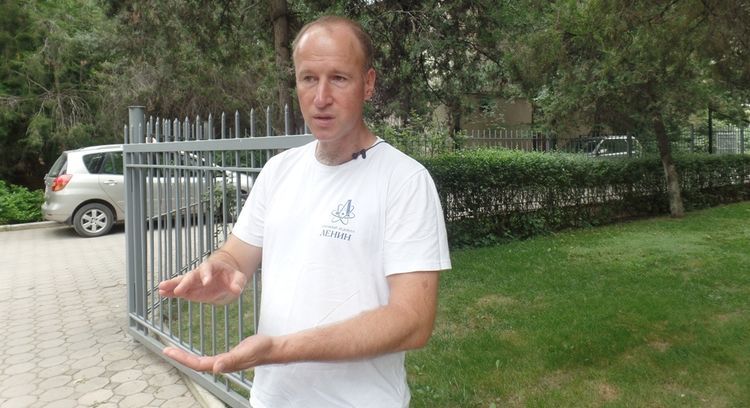The Parliamentary Committee on Agrarian Policy, Water Resources, Ecology and Regional Development approved in three readings amendments to the Water Code of Kyrgyzstan. If the Parliament supports colleagues at the general meeting, the amendments will allow miners to mine gold near the glaciers in exceptional cases and, first of all, facilitate the development of the largest mountain Kumtor field.
As expected, the approval of the document by the deputies caused dissatisfaction of certain experts in
«Obviously, any production activity, especially the extraction of minerals, is harmful to nature,» the specialist says. «But if we consider not only the ecological issue, but also from the common sense, Davydov and Lysyi glaciers occupy less than 0.33 percent of the total area and volume of glaciers in Kyrgyzstan. Therefore, when we talk about the scale of damage to the glaciers of the country, this is a negligible figure.
Global warming in Kyrgyzstan annually «consumes» 2-3 times more ice than it was in Davydov and Lysyi glaciers 30 years ago, before the development of Kumtor field.
Dmitry Petrakov
— Are there any fears that the company’s activities will eventually lead to the complete destruction of these glaciers?
— Complete destruction of Davydov glacier is out of question. Work on the movement of ice, which is stored in the

— Can the consequences of this intervention come out on a global scale? How will this affect the region?
— There will be absolutely no influence on the region. It is clear that this will affect the terrain within a radius of hundreds of meters from the glaciers, the microclimate can change a little, and that’s it. Since 2003 to 2013, glaciers of Ak-Shiyrak massif lost more than 20 square kilometers of the area, and more than 90 percent of the ice melted under the influence of climate change.
If climate change scenarios realize, by 2100 the area of glaciation of Ak-Shiyrak massif will reduce by 80 percent.
Dmitry Petrakov
— What is the contribution of blasting operations at Kumtor and its environs to the acceleration of negative processes?
— In 2016, we completed the work on measuring the albedo (reflecting ability of glaciers — Note of 24.kg news agency) and determining the degree of influence of production, including blasting works at Kumtor, on this indicator. The space images were analyzed, various coefficients were calculated, obtained data were compared with ground-based measurements, which were made using a modern high-precision instrument specially designed for such works. We came to the unexpected conclusion that the company’s influence on the albedo is not traced, of course, within the accuracy of the instruments.
The accumulation of aeolian deposits, that is, the dust brought by the wind, on syrts, as Soviet scientists have calculated, is about a millimeter a year. If we take as a basis the assessment of the expert Isakbek Torgoyev on calculation of the volume of dust emissions from explosions and recalculate the whole area of Ak-Shiyrak, then against the background of the natural component, we will again receive an anthropogenic contribution of less than 1 percent.
Yes, there is dusting of glaciers, it is significant, but due to the dust from the deserts, which are far from the snowy peaks of Tien Shan. The winds bring hundreds times more dust to the glaciers than Kumtor.
Dmitry Petrakov
Now we are analyzing more recent images in order to estimate the situation again with the help of other approaches. The task is to study the degree of dustiness in the winter.
— You are a frequent guest in
— What does the barbaric attitude to nature mean? The garbage, which is scattered all over the
If there was an enterprise annual production activity of which was estimated at 8 percent of GDP, and it would have had to destroy part of the glacier for the sake of increasing the country’s GDP, no one would stop its work. Glaciers in
You can talk about ecology and natural wealth as much as you like, but there is another aspect — how to raise the country’s economy, how to pay salaries to doctors, teachers, how to provide old people with pensions?
Dmitry Petrakov
In addition, significantly replenishing the country’s budget, one can allocate more money for environmental activities. Each country, considering all the pros and cons, chooses what is more important for it.







